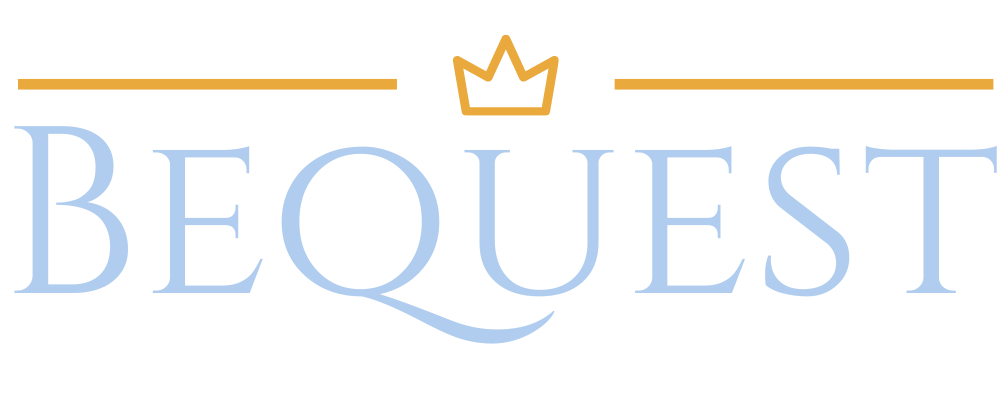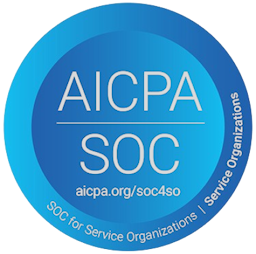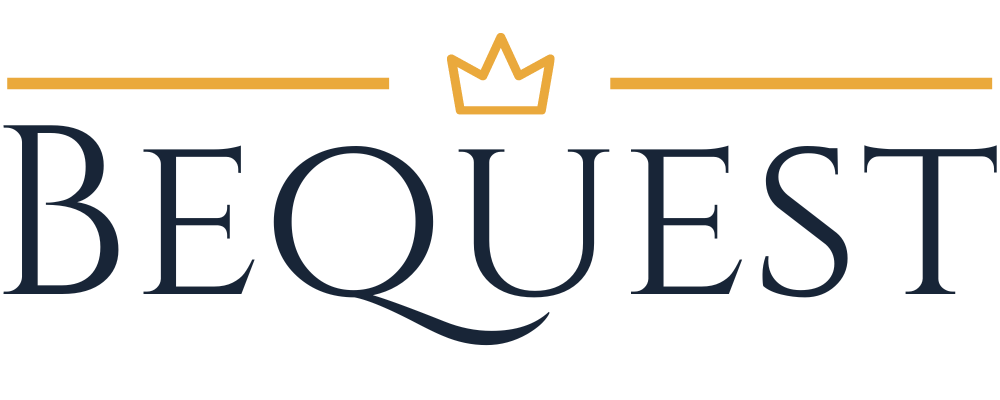How to Make a Digital Estate Plan
The wide gap between a digital asset clause in a planning document and a fiduciary actually accessing accounts is a necessary and often overlooked piece of a good digital estate plan. Estate planning has expanded beyond the traditional scope of wills, trusts, and physical assets. Today, a significant part of our lives - both personal and professional - exists in the digital realm. Unfortunately for estate planners, the digital realm is enormous and complicated. In this post we will examine which types of accounts are crucial to plan for, why, and how the administration process will happen.
Which Digital Accounts Matter?
When it comes to an estate plan, there are roughly 3 categories of digital accounts that should be addressed:
1. Financial
This one is fairly obvious: bank accounts, brokerage accounts, and cryptocurrency wallets all need to be planned for. Some clients will also have more obscure financial assets like points or rewards accounts, video game assets, and stock left in an ESOP trust account.
2. Sentimental
Sentimental assets will usually be data-based: think photos, messages, or notes/journals. Social media posts can also fall into this category. People typically don’t think about planning for these accounts, though they often prove to be the most valuable to loved ones once a client has passed.
3. Administrative
Administrative assets refers to any data housed in an account that will help fiduciaries inventory and distribute assets efficiently. In the pre-digital age, this would be a pile of mail, hints found around a house like keys and notes, and whatever is listed in the planning documents. In the digital age, the most common accounts for facilitating administration are email accounts (of which most people have more than one) and document drives. It’s also important to note that a lot of legal documents are now signed and stored online and will likely need to be retrieved.
How to Plan for Digital Assets – Making Sure Fiduciaries can Retrieve Assets
The practices and laws around digital asset planning can be quite confusing. However, there are a few options that planners can use to protect their client’s digital assets.
1. Legacy Contacts
Some digital account providers will include a ‘legacy contact’ option. For financial accounts this can be a Transfer on Death or Payable on Death account beneficiary(ies) who will be able to bypass probate and receive a direct asset transfer. For non-financial assets, legacy contact options will vary. Sometimes this contact is only allowed to close the account on behalf of the decedent, other times they are able to view and retrieve all data from the account.
While legacy contacts are a good initial step towards ensuring digital assets will be recovered, custodians can, and often do, request court orders before releasing account data. Custodians can also make the retrieval process lengthy in order to cover their own liabilities, to the detriment of the fiduciary. Furthermore, every custodian will have its own rules regarding account dormancy and deletion periods. Fiduciaries will have to prioritize account recoveries via legacy contact based on the custodian’s dormant account policies to ensure no account becomes unrecoverable. Your client should list all accounts on which they have set up a legacy contact and make sure the contact in question is informed of their role.
2. Password sharing
You can also get your client to make a list of their accounts complete with their login information. This can facilitate a fiduciary’s access to the account. There are a few things to keep in mind, however, to ensure this goes smoothly. Firstly, any time your client changes their passwords or generates a new account, this list will need to be updated. Software platforms like Bequest offer data bank features where clients can easily get this done. Secondly, 2FA (two factor authentication) can make an account inaccessible to a fiduciary even if they have the login information. A way to bypass this is to ensure the fiduciary will have access to the decedent’s phone in the case of a text 2FA, ensure any additional security questions are written down with their corresponding answers, or turn off 2FA altogether. Password-sharing may also pose a liability to the fiduciary as they are being granted indiscriminate account access, so it is paramount that they behave transparently and maintain detailed records of what they are doing.
3. Bequest
Bequest offers the easiest and most secure solution for handling digital estate plans. Bequest can natively handle the inventory, planning, and administration of certain accounts without requiring password-sharing or legacy contacts. Bequest is currently live for photo accounts (iCloud and Google) and all cryptocurrency wallets, with email support rolling out in Q1, 2024. Your client will take 5 minutes to connect their accounts to our platform, you will then fill in forms regarding their estate plan, and you can both forget about Bequest.
No one, including Bequest, is able to view or access your client’s accounts . When the time comes, a fiduciary can submit documentation to Bequest in order to get limited access to the accounts: fiduciaries have no choice but to operate within the confines of the plan (and court directives, if that comes up.) This protects your client’s wishes and removes the burden of custody from fiduciaries.
Bequest also handles re-titling, funding, and transfers of control. Your client can continue using their accounts as usual, knowing that no matter what happens to their estate plan their digital assets will not be lost.
Conclusion
Digital asset estate plans are hard. There is not much by way of guidance for planners, and oftentimes clients may not even realize just how important some of their accounts will end up being to their loved ones. Bequest’s platform makes it incredibly easy for planners and administrators to carry out a digital estate plan without being knowledgeable on digital currencies, involving court orders, or losing track of all the different custodians.
Keep up to date with Bequest.


